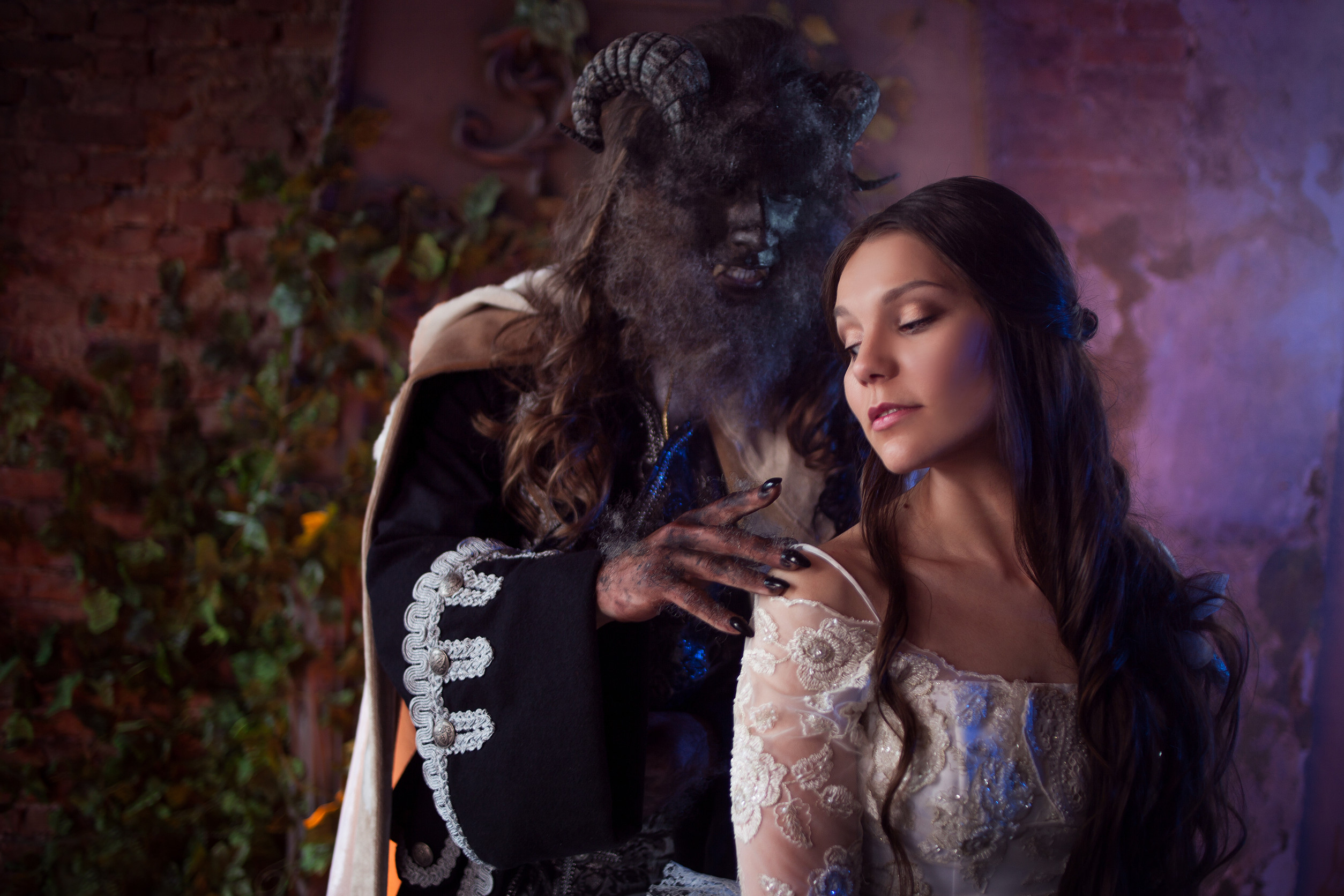Theater Costumes, Makeup, and All Things Stagecraft

Theater has always been an immersive experience combining movement, speech, design, and visual spectacle to tell a story. From the ancient amphitheaters of Greece to modern Broadway stages, the power of live performance lies not only in the script but in everything surrounding it: acting, costuming, lighting, makeup, and movement. Understanding these stagecraft elements can help students and enthusiasts appreciate the depth of the performing arts and the collaboration that goes into each production.
Essential Acting and Stage Terms
- Action: The director's verbal cue indicating that a scene's performance should begin
- Ad-Lib: To speak or move spontaneously during a performance without following the script
- Advance: Money paid ahead of time to secure an actor's agreement to participate in a project
- Aside: A line delivered to the audience that other characters in the scene are not meant to hear
- Back to One: Instruction for performers to return to their initial positions so the scene can be repeated
- Background: Non-speaking performers placed in a scene to create realism, often referred to as extras
- Beat: A short pause or moment of change in a character's emotion, goal, or delivery
- Black Out: A sudden shutoff of all lighting to mark the end of a scene or act
- Blocking: The planned arrangement and movement of actors during a scene or performance
- Booking: The confirmation that an actor has officially been hired for a role
- Call Time: The exact time a performer must arrive for a rehearsal or performance
- Casting: The process of choosing which actors will fill specific roles in a production
- Cheating Out: Turning the body slightly toward the audience while appearing to face another actor
- Closing Off: When a performer's body is angled away from the audience, limiting visibility
- Cold Read: Reading from a script with minimal or no preparation, often done at auditions
- Cue: A verbal or visual signal that prompts an actor to speak, move, or perform an action
- Dialogue: The lines spoken between characters in a performance
- Downstage/Upstage: Stage directions: "Downstage" is toward the audience, while "upstage" is farther away.
- Dress Rehearsal: A complete practice run of a performance using costumes, props, and technical elements
- Ensemble: A group of performers where no single individual is the central focus
- Exit: An instruction telling an actor to leave the stage
- Fourth Wall: The imaginary boundary separating the performers from the audience
- Headshot: A professionally taken photo of an actor, usually from the shoulders up, for casting purposes
- Improvisation: Acting without a script, inventing dialogue and actions in the moment
- Mark: A designated spot, often marked with tape, where a performer needs to stand or move to during a scene
- Method Acting: A performance style in which actors draw on personal experiences and emotions to fully embody their characters
- Monologue: A speech performed by a single character, often revealing inner thoughts or emotions
- Motivation: The underlying reason a character behaves or speaks in a certain way
- Off Book: Having all lines memorized so that the script is no longer needed during performance
- On Book: Still using the script during rehearsals because lines are not yet memorized
- Overacting: Delivering a performance that feels exaggerated or unnatural
- Props: Physical objects used by performers as part of a scene
- Scene Partner: The performer(s) you interact with during a scene
- Script: The written text of a performance, including dialogue and stage directions
- Stage Directions: Written notes in a script that describe movement, positioning, or tone
- Understudy: An actor trained to perform a role if the main actor cannot.
- Voiceover (VO): A recorded voice heard during a production without the speaker appearing
- Wardrobe: The collection of costumes worn by performers in a production
Theater History
The origins of theater reach back to ancient civilizations such as Greece, where tragedies and comedies were performed in massive open-air amphitheaters to honor the gods, and Rome, where plays incorporated spectacle, music, and elaborate stagecraft. In the Middle Ages, theater re-emerged through liturgical dramas and morality plays staged in town squares, often from portable pageant wagons. The Renaissance brought a flourishing of artistry on stage, with playwrights like William Shakespeare and Molière blending poetic language, complex characters, and themes that still resonate. In the 19th and 20th centuries, theater expanded to include more realism, experimental works, and the golden age of Broadway musicals, which fused acting, song, and dance into popular entertainment.
Studying the development of theater reveals how performance mirrors the concerns, values, and creativity of the time period. Costumes have evolved from robes in ancient Greece to historically accurate attire in modern productions, while stagecraft has advanced from simple platforms to intricate rotating sets and digital projections. Understanding these changes not only deepens cultural appreciation but also shows how theater remains a living art form, one that continually reinvents itself while carrying forward traditions that span thousands of years.
- What Is Theater?
- The Origins of Theater
- Theater History in Brief
- The Story of Theater
- The Origins of Western Theater
- Playing at History: Shakespeare's Artful Handling of Historical Fact
- Musical Theater: A Brief History
- How Broadway Became Broadway
Drama Games, Activities, and Lessons
Acting isn't just about memorizing lines; it's about fully embodying a character through physicality, voice, and emotion. Drama games can teach students to focus, listen, and collaborate while developing characters and building confidence. These activities help actors warm up physically and mentally, creating a safe space for expression and exploration. They're critical building blocks for any theatrical training program.
- Five Easy Drama Games for the Early Elementary Classroom
- Using Theater Games to Reinforce SEL Skills
- Character Motivation Lesson Plan
- Drama and Role Play in the Curriculum
- Drama Games for Children
Acting and Improv Resources
Improv hones quick thinking and collaboration skills, making it also a valuable part of an actor's training. Often, improv is used in a comedic context, but it can also come in handy in more serious, scripted work if something goes wrong during a performance. Playing improv games can build the flexibility needed to adapt to any situation on stage.
- Improv Explained
- 20 Improv Games to Fine-Tune Your Funny Bone
- Learning Principles of Improv: "Yes, and" and "No, But"
- Improv Games for Small Groups
Stagecraft Resources
Behind the curtain is a world of technicians and designers managing scenery, lighting, and sound. Stagecraft includes all of the behind-the-scenes work that brings a script to life. Understanding these elements of a successful performance is essential for any aspiring theater professional.
- A Step-by-Step Guide to Set Design
- Working in the Theater: Scenic Design
- Stage Lighting 101
- Intro to Sound Design for Theater
Scriptwriting Resources
Playwriting blends structure, creativity, and dialogue. Writing for the stage requires a different approach than film or prose, incorporating character and plot as well as stage directions for the actors.
- Playwriting 101: Types of Plays
- What Playwrights Do
- How to Write a Play in Nine Steps
- Writing a Play Script: Everything You Need to Know
Costume and Makeup Resources
Costumes define a character, including their social and economic status and the time period in which they live. Makeup highlights features and supports the transformation of an actor into their character. Both of these element are crucial to a performance: The right costumes and makeup help actors to embody roles and makes stories believable for audiences.

